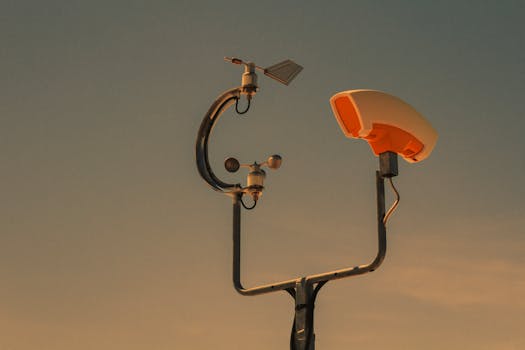
How Satellites Monitor Climate Change and Environmental Shifts
How Satellites Monitor Climate Change and Environmental Shifts is a vital component of modern environmental science. Satellites have revolutionized the way we monitor and understand climate change and environmental shifts. With their ability to collect data from space, satellites provide a unique perspective on the health of our planet, allowing us to track changes in the environment, atmosphere, and oceans. In this article, we will explore the role of satellites in monitoring climate change and environmental shifts, and how this information is used to inform decision-making and policy development.
Satellites are equipped with a range of sensors and instruments that enable them to collect data on various aspects of the environment. These include temperature, sea level rise, ice sheet melting, deforestation, and ocean acidification, among others. By analyzing this data, scientists can identify trends and patterns that indicate changes in the environment, and provide early warnings of potential disasters such as hurricanes, droughts, and wildfires.
The Role of Satellites in Monitoring Climate Change
Satellites play a critical role in monitoring climate change by providing data on the key indicators of climate change, such as temperature, sea level rise, and ice sheet melting. For example, the NASA/NOAA Climate Data Record (CDR) program uses satellite data to track changes in the Earth’s temperature, sea level, and ice sheets over time. This data is used to inform climate models and predict future changes in the climate.
In addition to monitoring climate change, satellites are also used to track environmental shifts such as deforestation, land degradation, and ocean pollution. For example, the NASA Earth Observing System (EOS) uses satellite data to monitor changes in land use and land cover, including deforestation and urbanization. This data is used to inform policy decisions on land use and conservation.
Applications of Satellite Data in Environmental Monitoring
Satellite data has a wide range of applications in environmental monitoring, from tracking climate change to monitoring natural disasters. For example, satellite data is used to predict and track hurricanes, droughts, and wildfires, providing critical information for emergency responders and policymakers. Satellite data is also used to monitor water quality, track oil spills, and detect illegal fishing activities.
In addition to these applications, satellite data is also used to inform policy decisions on environmental conservation and sustainability. For example, satellite data is used to monitor the health of coral reefs, track the movement of sea turtles, and identify areas of high conservation value. This data is used to inform policy decisions on marine protected areas, fishing quotas, and conservation efforts.
Conclusion
In conclusion, How Satellites Monitor Climate Change and Environmental Shifts is a vital component of modern environmental science. Satellites provide a unique perspective on the health of our planet, allowing us to track changes in the environment, atmosphere, and oceans. By analyzing satellite data, scientists can identify trends and patterns that indicate changes in the environment, and provide early warnings of potential disasters. The applications of satellite data in environmental monitoring are vast, from tracking climate change to monitoring natural disasters, and informing policy decisions on environmental conservation and sustainability.




